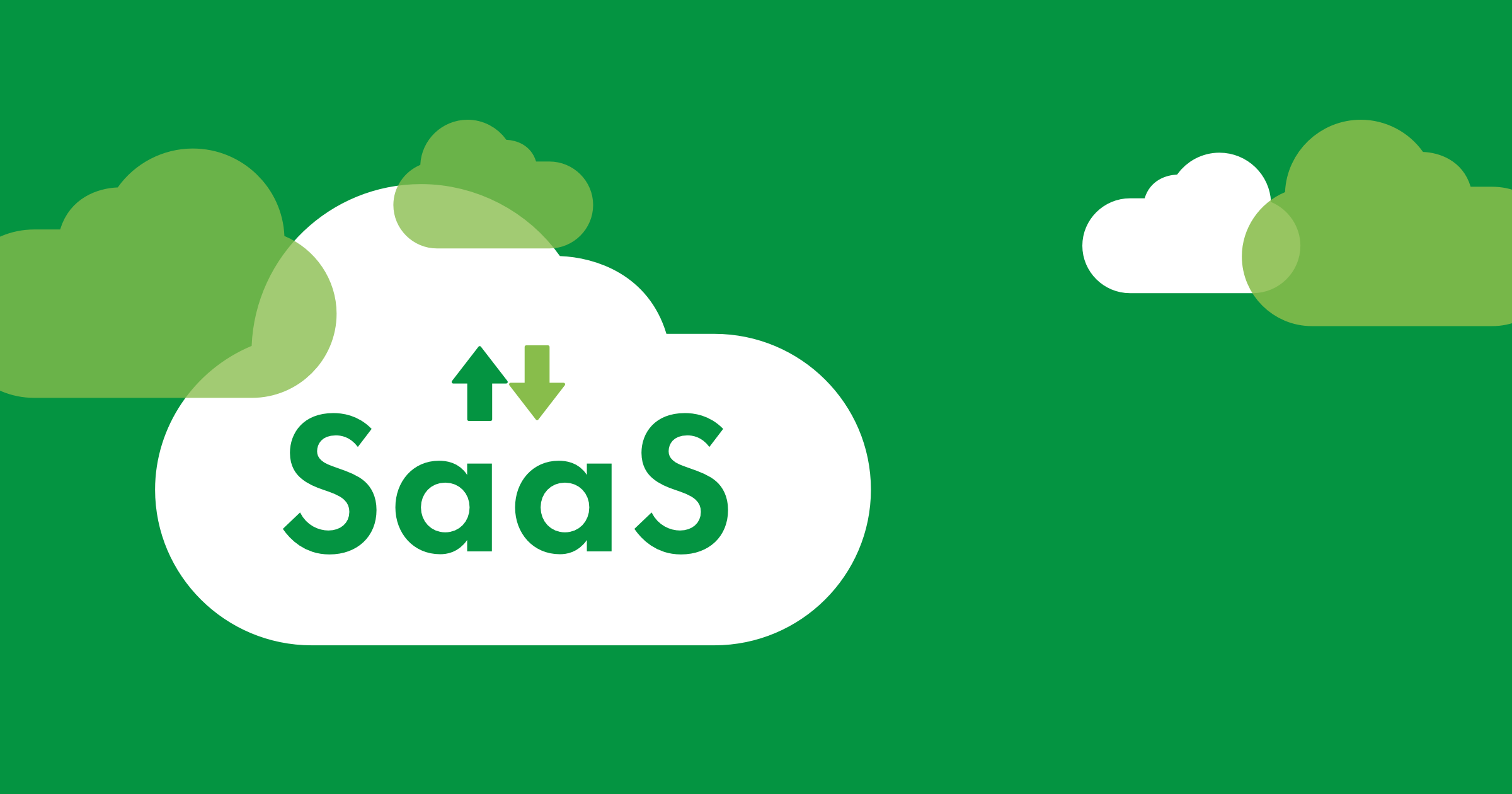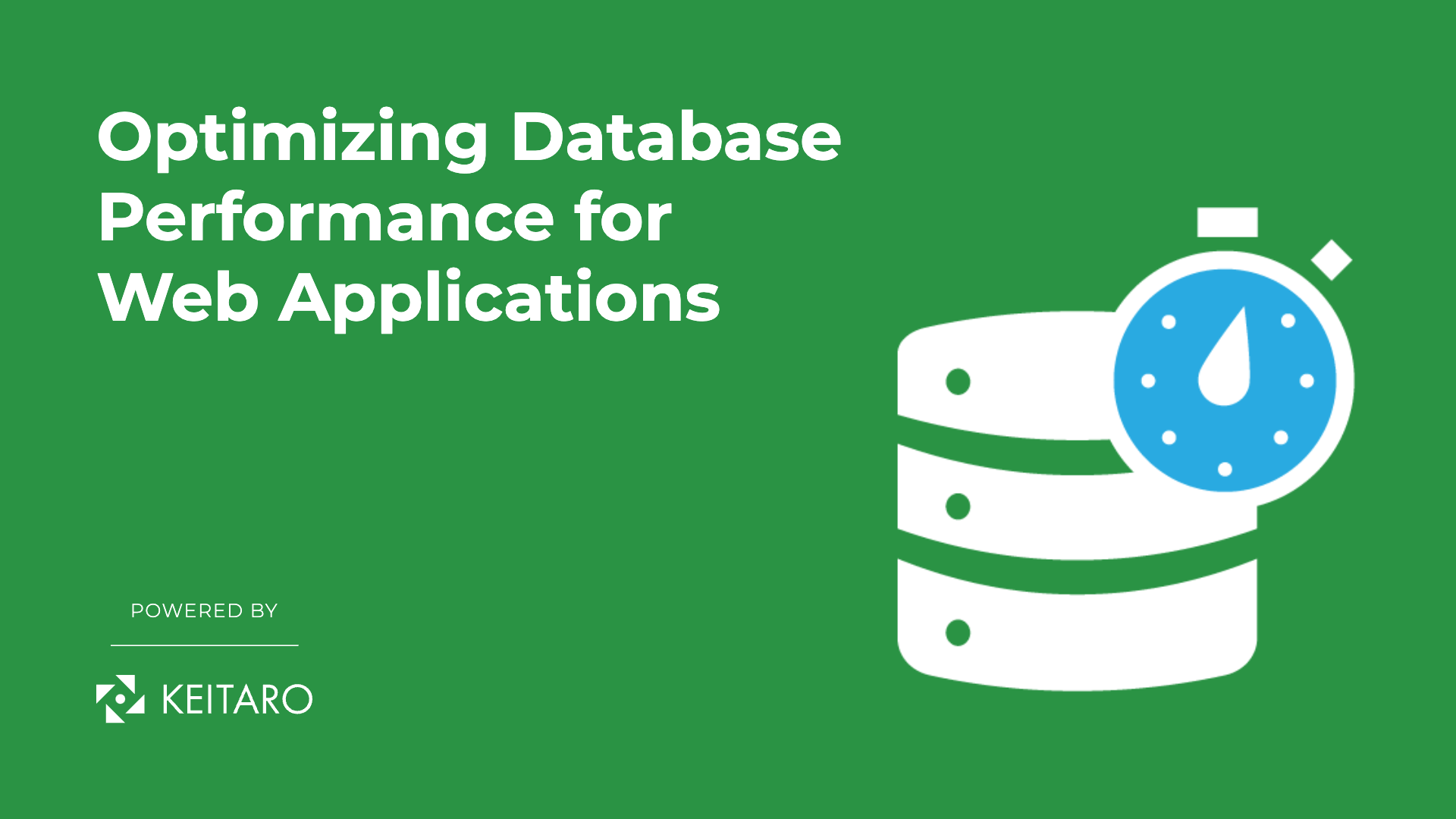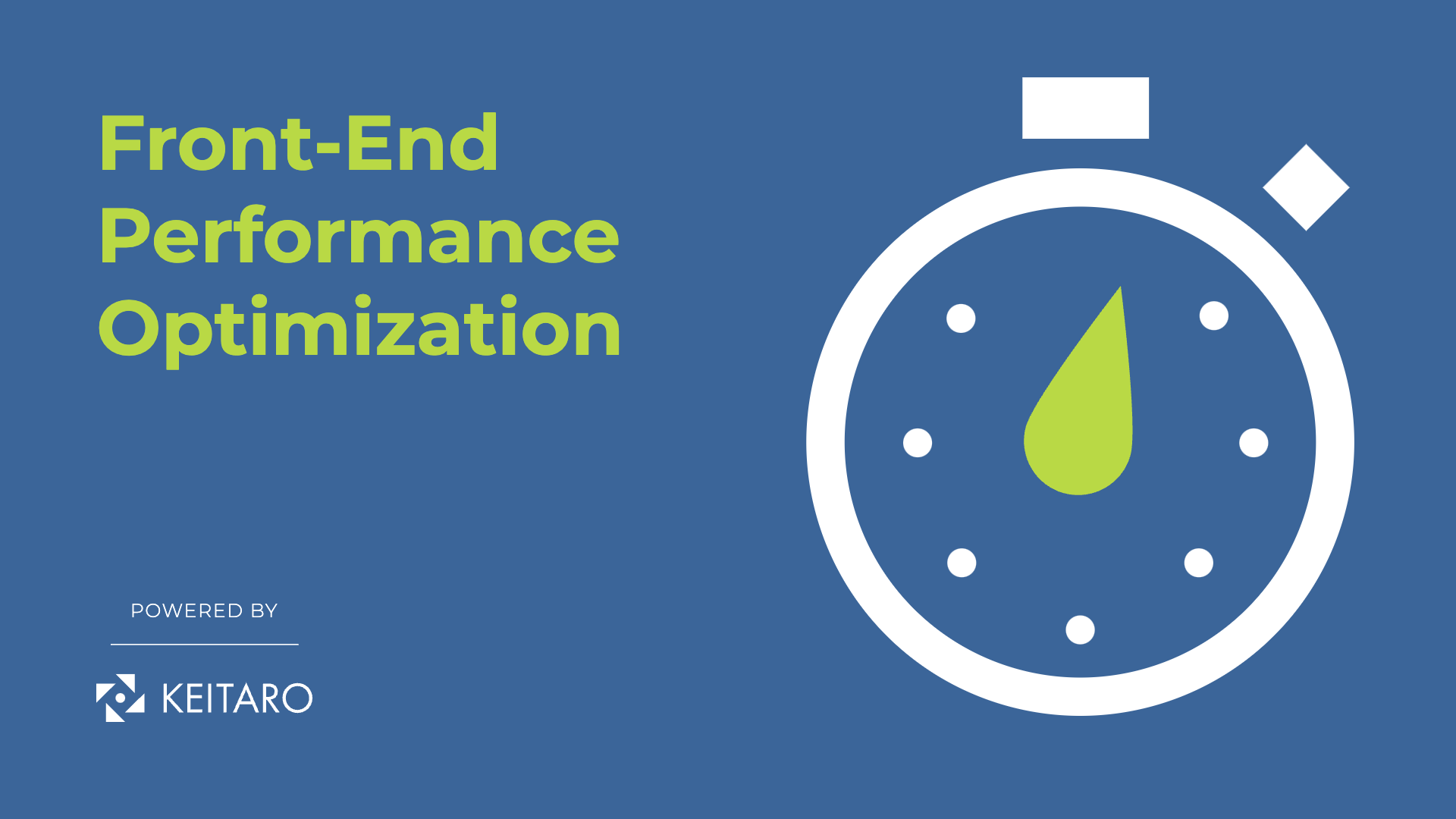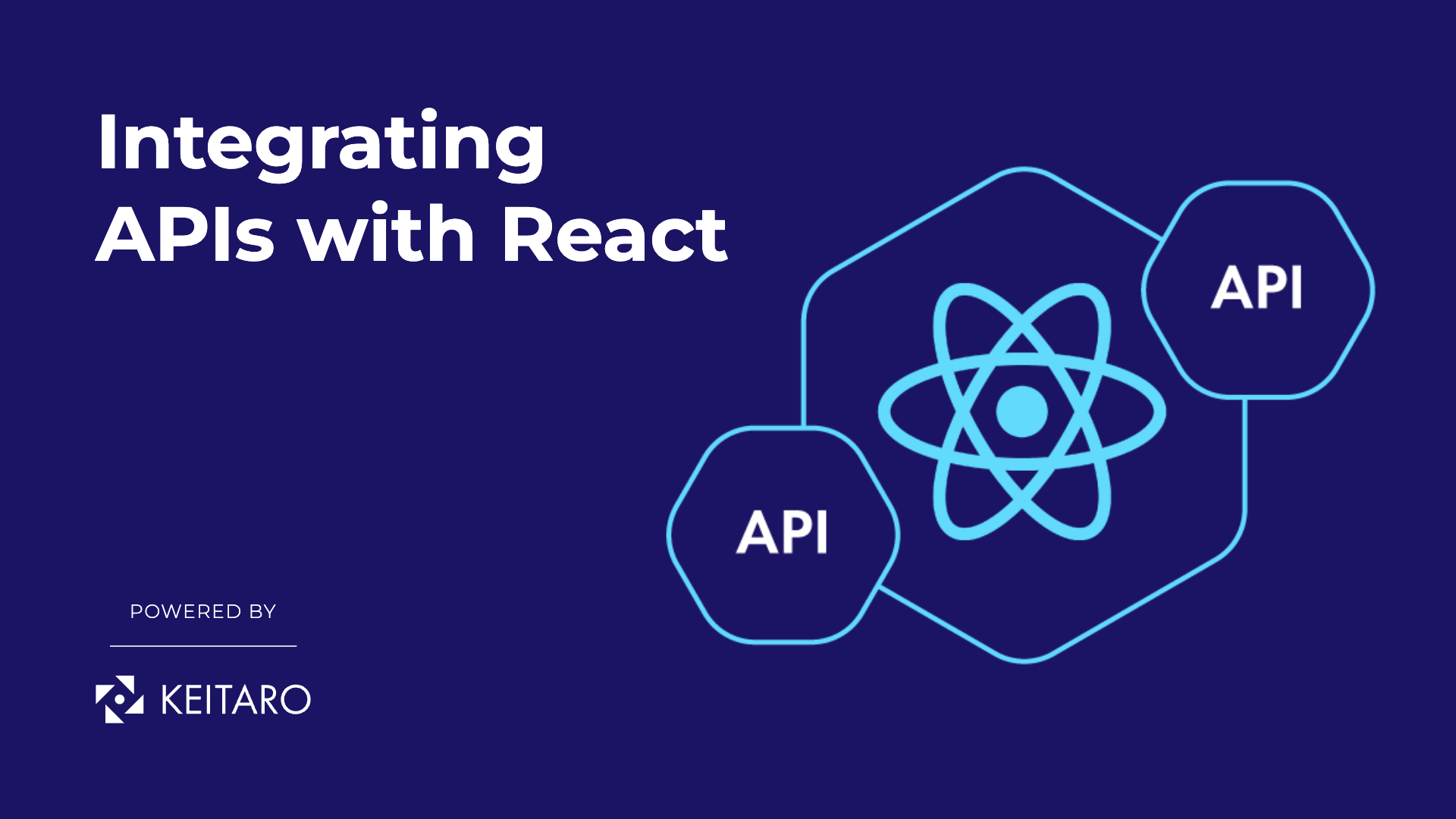With this article we are starting our Software as a Service Starter Pack blog series, where we will share info about what a Software as a Service represents, whether you should use a monolithic or microservice architecture for a SaaS app, API gateway and Service discovery in SaaS, and the technologies we propose for building SaaS applications.
Introduction to SaaS
SaaS (Software as a Service) is the most popular form of cloud computing along with PaaS (Platform as a service) and IaaS (Infrastructure as a service). If you’re not already familiar with cloud computing, simply put, it is the use of software and hardware to deliver a service over a network. Cloud computing modifies the operations of technology companies, opens new opportunities for industry, and provides growth and business improvement, by enabling storing, processing, and managing huge amounts of data in real time, across numerous servers.
SaaS is an application that can be accessed through a web browser and is managed and hosted by a third-party. Most of us are using SaaS applications such as Facebook, Dropbox, or Google on a daily basis. For example, in Keitaro we use Google Docs, which is a web based multi-tenant SaaS application from Google.
From a business perspective, SaaS is a subscription based revenue model monetized by providing access to users for a monthly fee.
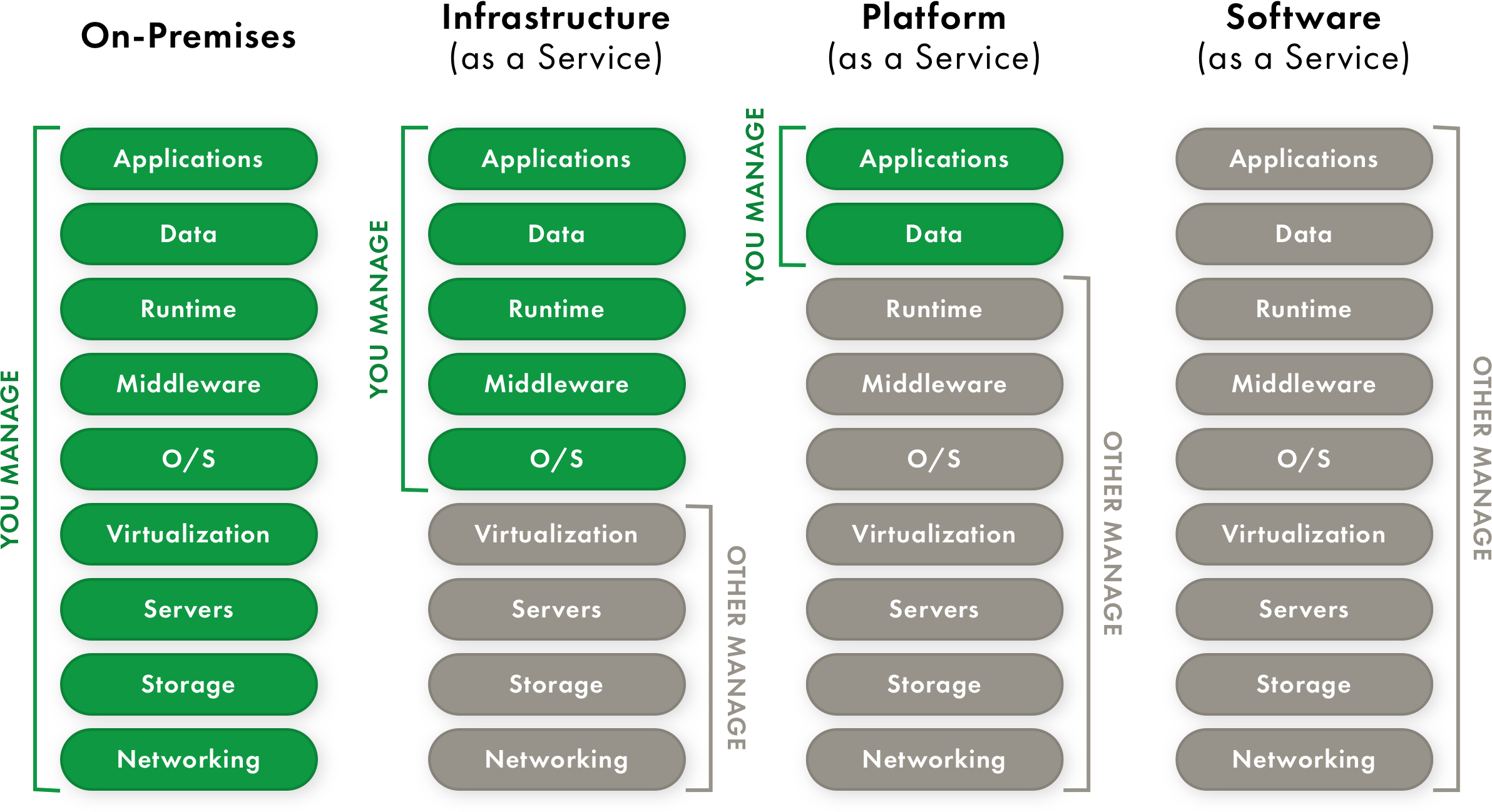
Advantages of SaaS
There are many advantages to using SaaS applications:
-
- Pay as you go instead of paying up-front, possibility to try the service free of charge, discounts and benefits for long-term cooperation
- Support, update and maintenance are responsibilities of the vendor
- Less investments for the companies in new hardware
- SaaS vendors take care of regular backups.
- Worldwide access (regional data centers)
- Possibility to connect distributed offices and remote staff
- Minimum requirements for the user hardware(web browser, thin client)
- Cross-platform capabilities
- Vendors want to charge recurrently not at once
Disadvantages of SaaS
While the list of advantages is long, it does come with some disadvantages, such as:
-
- Data security
- Slow internet connection can reduce the performance (internal networks tend to be faster then internet connection)
- If the company stop working, data migration can be difficult, they will export data most probably in CSV format or similar, you will lose some of the functionalities
- They will try to lock you in
- It’s possible for SaaS to cost more than traditional software licenses
Final thoughts
Taking into consideration the situation nowadays, where the COVID-19 outbreak has impacted every segment of our lives and our needs are changing, choosing a SaaS application can be a smart and cost-effective solution. How so? As we already mentioned SaaS applications are based on monthly subscriptions, so if you don’t need to use some of the applications you are subscribed to, you can easily cancel them, whereas traditional licences for applications are usually paid on a yearly basis and you could be left with something that you don’t use anymore, until the end of the year.
This is just the start of sharing our knowledge and expertise on SaaS. From our experience, we can confirm that the benefits are numerous, both for the company and for its customers. It helps businesses be more agile, effective, empowered and be in charge of the processes while taking care of their customers.
***
In the next blog we will talk about Monoliths vs. Microservices and which Is Right for Your SaaS Application? In the meantime, check out our SaaS solution Amplus.
